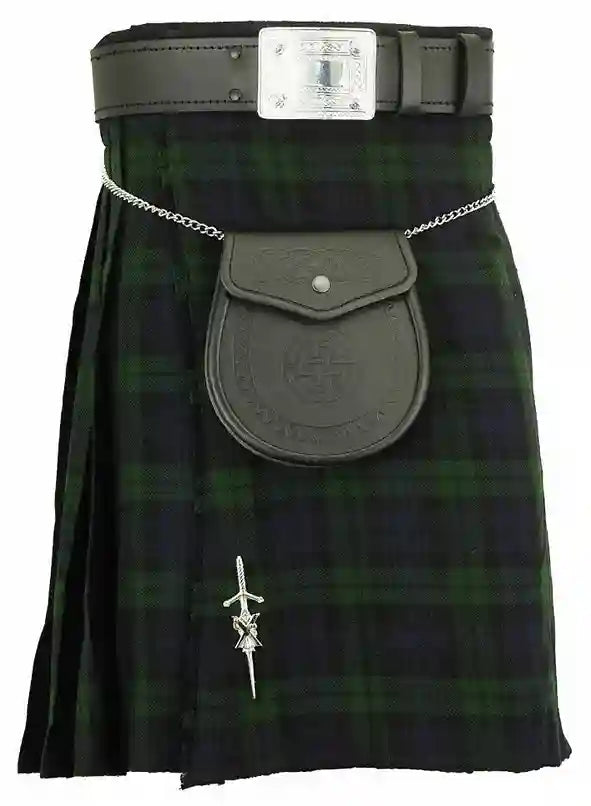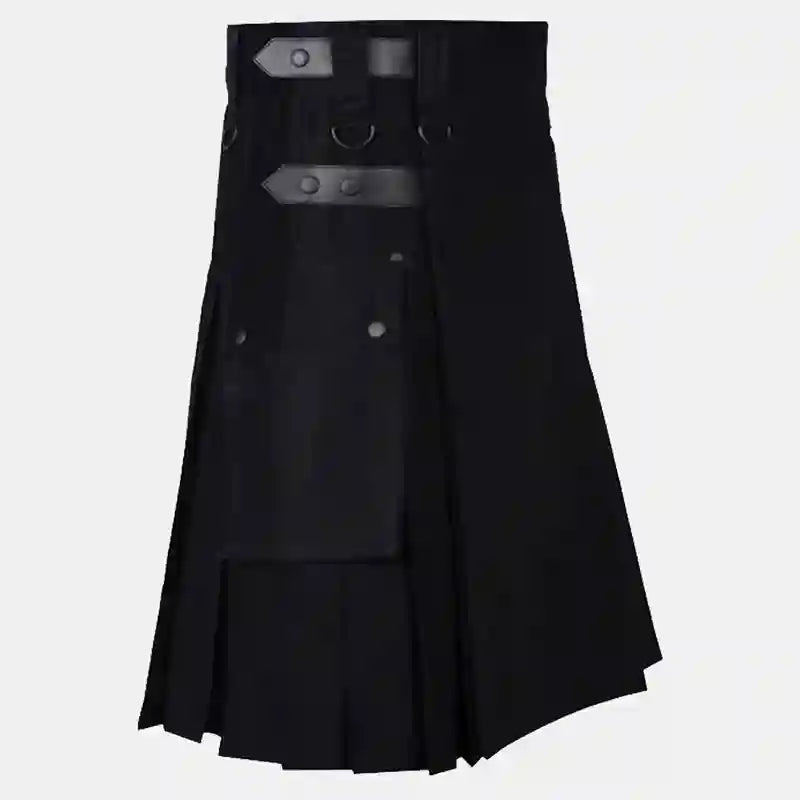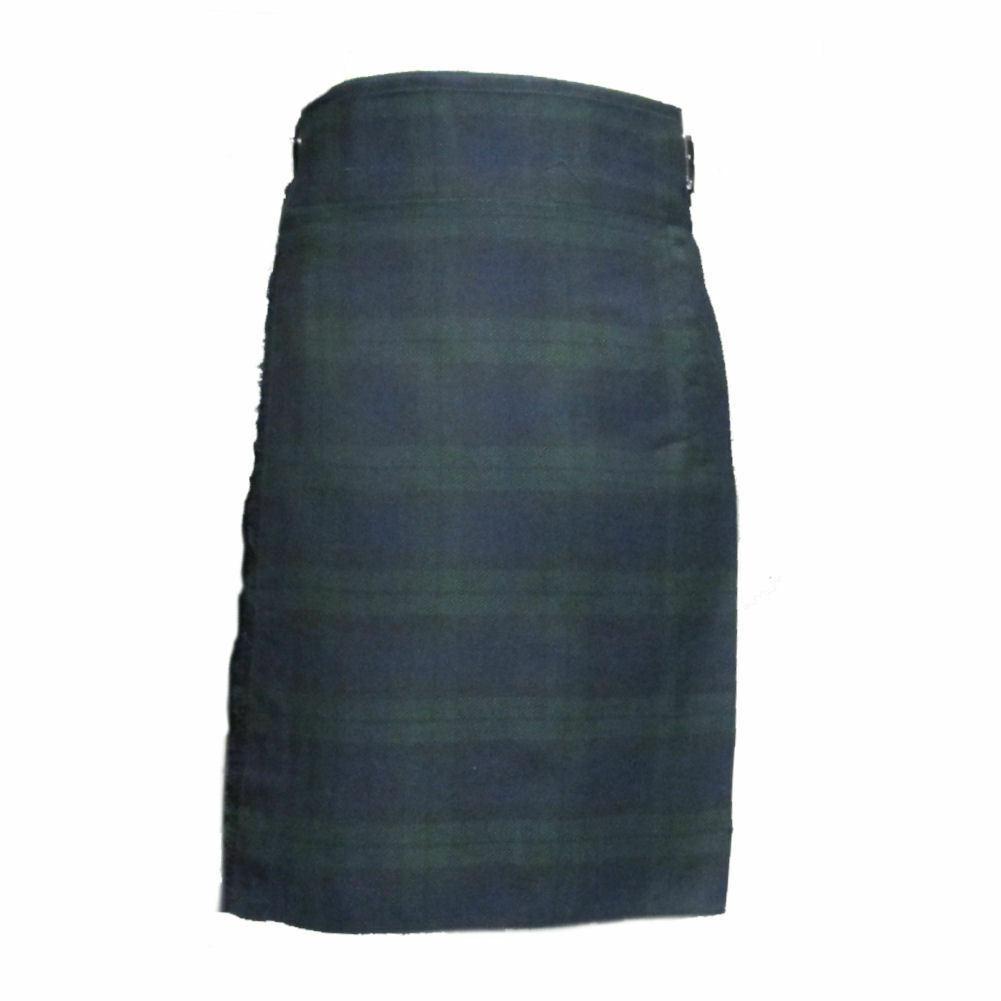Explore Authentic Wool Kilts: Tradition & Style
Posted by FAGENT ABRONT

The Ultimate Guide to Wool Kilts and Their Timeless Appeal
In exploring the world of wool kilts, we delve into a realm where quality, tradition, and customization converge to create a garment of profound cultural significance. Wool kilts, with their deep roots in Scottish heritage, have evolved from their origins as practical, rugged attire into symbols of identity and pride, resonating with people far beyond the rolling hills of Scotland.
Quality: The Foundation of the Wool Kilt
At the heart of the wool kilt is the unparalleled quality of the fabric. Wool, revered for its durability and comfort, is the traditional choice. The craftsmanship in creating a kilt reflects generations of skill, where every pleat, stitch, and hem is a testament to a dedication to excellence.
Tradition: The Cultural Tapestry of Kilts
Traditionally, kilts symbolized clan allegiances with distinct tartans for each family, a practice that has transcended its martial origins to become a cherished cultural emblem. These garments are steeped in history, each pattern telling a story, each fold a nod to the past. Worn at weddings, formal events, and cultural festivals, kilts keep the connection to heritage alive.
Customization: Personal Expression Through Tartan
Today, the wool kilt is a canvas for personal expression. Beyond the classic tartans, modern kilts offer a range of customization options. From the length and style of the pleats to the choice of tartan, each kilt can be tailored to reflect the wearer's personal style, while still honoring the rich tradition from which it came.
The Fabric: Why Wool?
Wool's prominence as the traditional fabric for kilts stems from a combination of historical practicality, unique material properties, and cultural significance. This natural fiber has played a pivotal role in the evolution of the kilt, making it not just a garment, but a symbol of resilience, adaptability, and heritage.
Durability and Longevity:
Wool fibers are naturally strong and elastic, making them resistant to tearing and stretching. This durability is crucial for kilts, which were originally worn as everyday attire by the Scottish Highlanders.
Dye Retention and Tartan Patterns:
One of the most distinctive features of kilts is their tartan patterns. Wool's natural ability to absorb and retain dyes makes it ideal for creating the rich, vibrant colors traditionally seen in tartan fabrics.
Texture and Draping Quality:
The texture of wool lends itself well to the specific design of kilts. It is heavy enough to drape elegantly, creating the distinctive pleats and folds that define the garment.
Breathability and Comfort:
Despite its warmth, wool is also remarkably breathable, making kilts comfortable to wear in a variety of weather conditions.
Types of Wool Kilts
Wool kilts, with their rich history and cultural significance, come in a variety of styles and types, each with its own unique features and traditions.
The Tartan Kilt:

The Utility Kilt:

The Solid-Color Kilt:

The Tweed Kilt:

Caring for Your Wool Kilt
Caring for your wool kilt is essential to preserve its quality, appearance, and longevity. Wool kilts are not just garments; they are often heirlooms and symbols of heritage, making their proper maintenance crucial. Here are some tips and best practices for maintaining and caring for your wool kilt, emphasizing the importance of proper storage, cleaning, and handling.
Use a Wide Hanger:
Store your kilt on a wide, padded or wooden hanger to maintain its shape. Avoid wire hangers, as they can distort the fabric over time.
Avoid Sunlight and Moisture:
Store your kilt in a cool, dry place away from direct sunlight. Sunlight can fade the colors, and moisture can lead to mildew.
Avoid Frequent Washing:
Wool doesn’t need frequent washing. Excessive cleaning can damage the fabric and fade the colors.
Professional Cleaning:
For a thorough cleaning, it’s best to take your kilt to a professional cleaner experienced with wool and kilts.
Ironing:
If needed, iron your kilt on a low heat setting with a pressing cloth to avoid direct contact with the fabric. Be cautious not to flatten the pleats.
